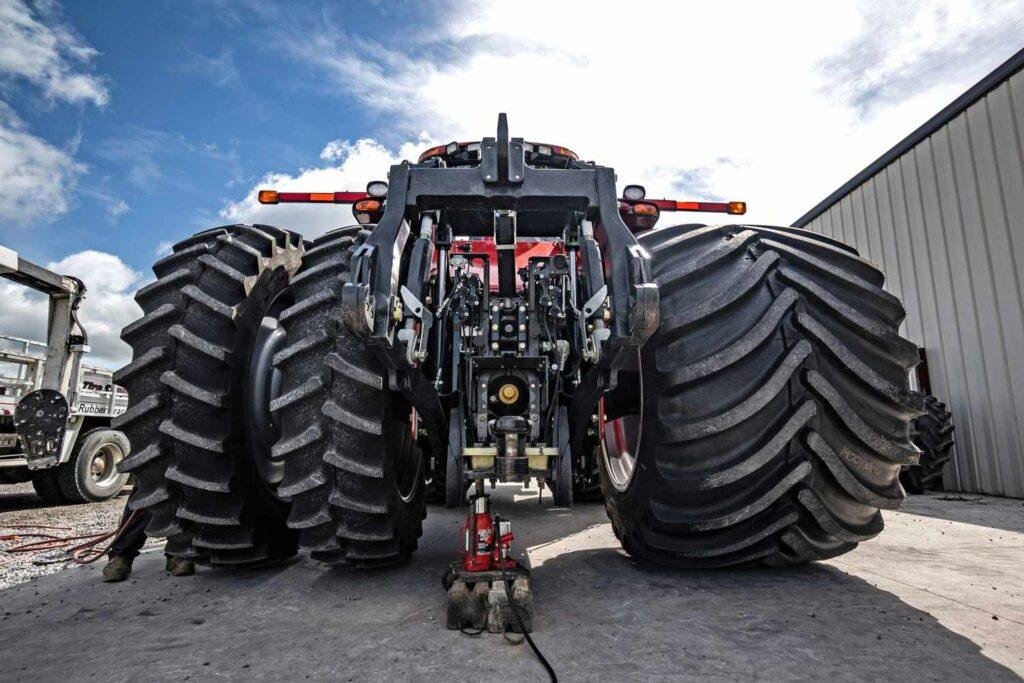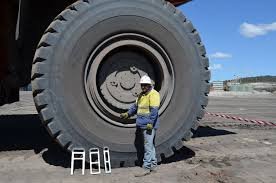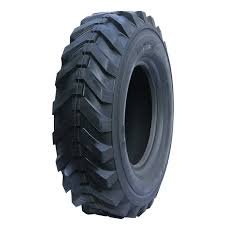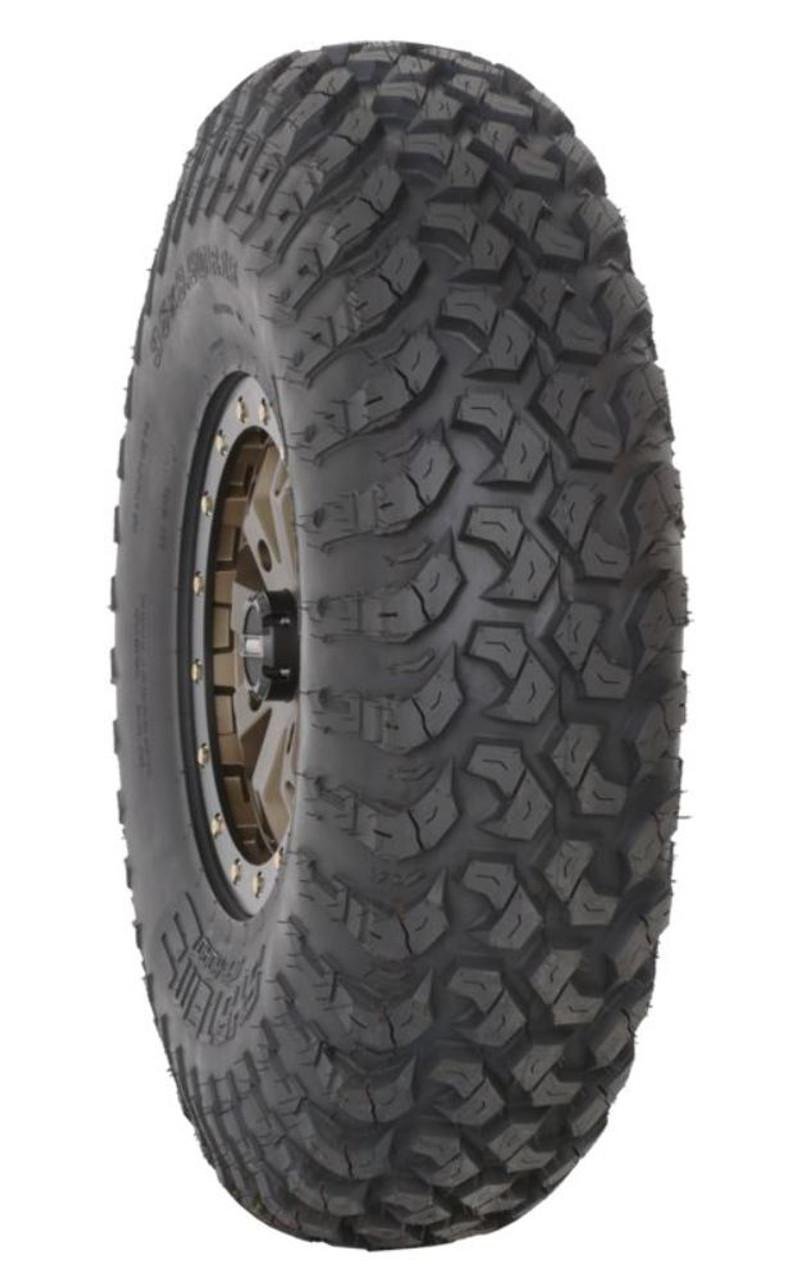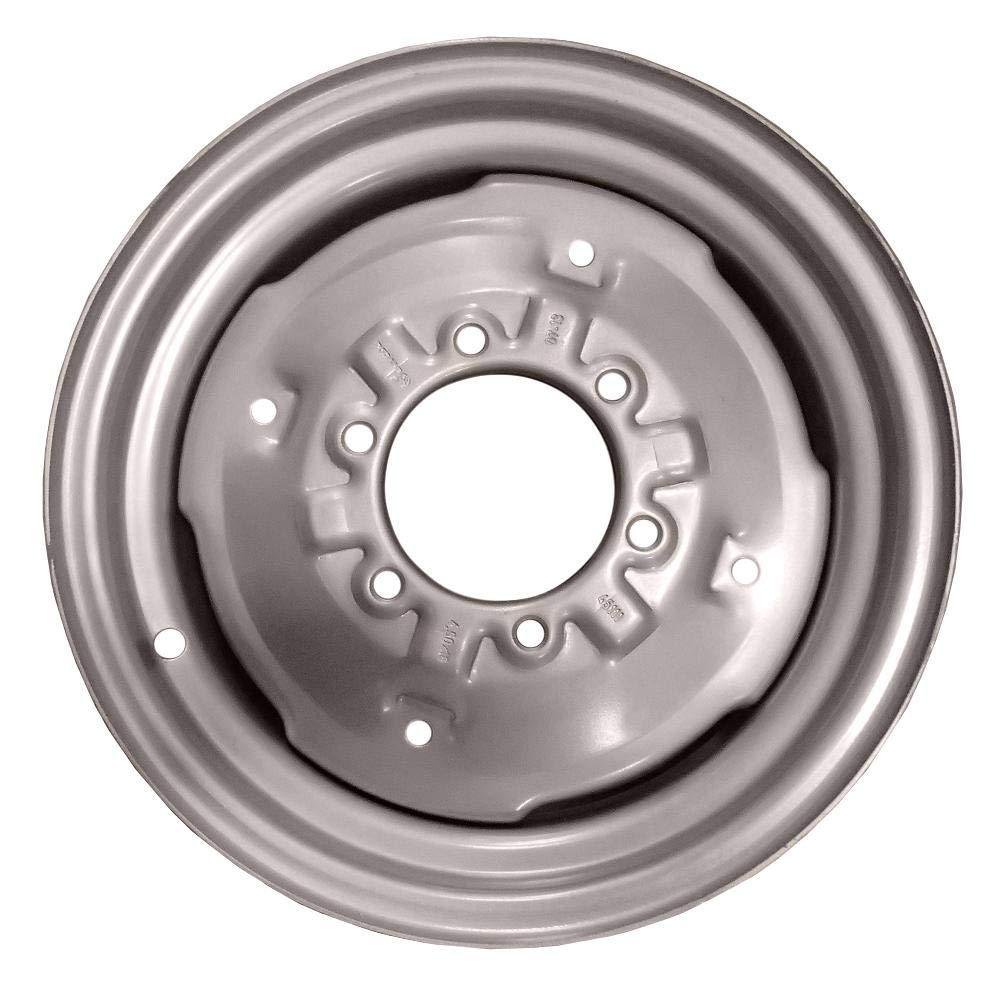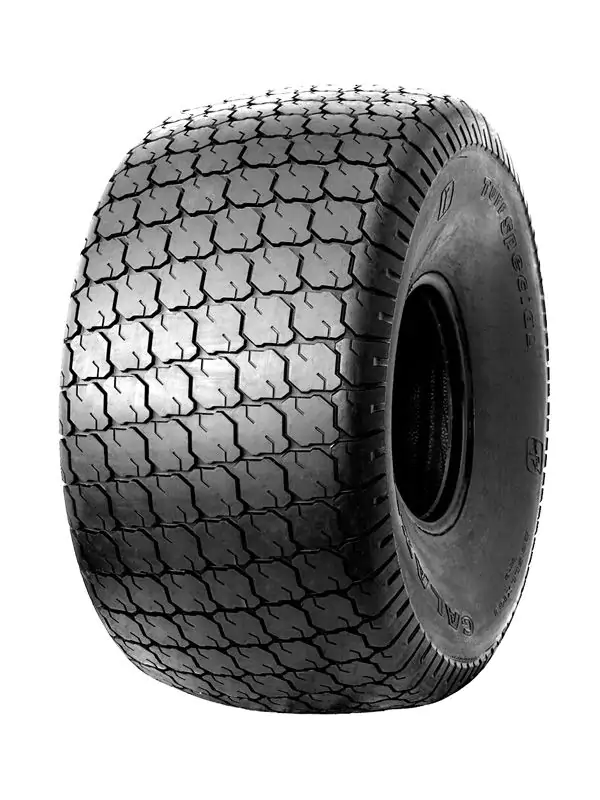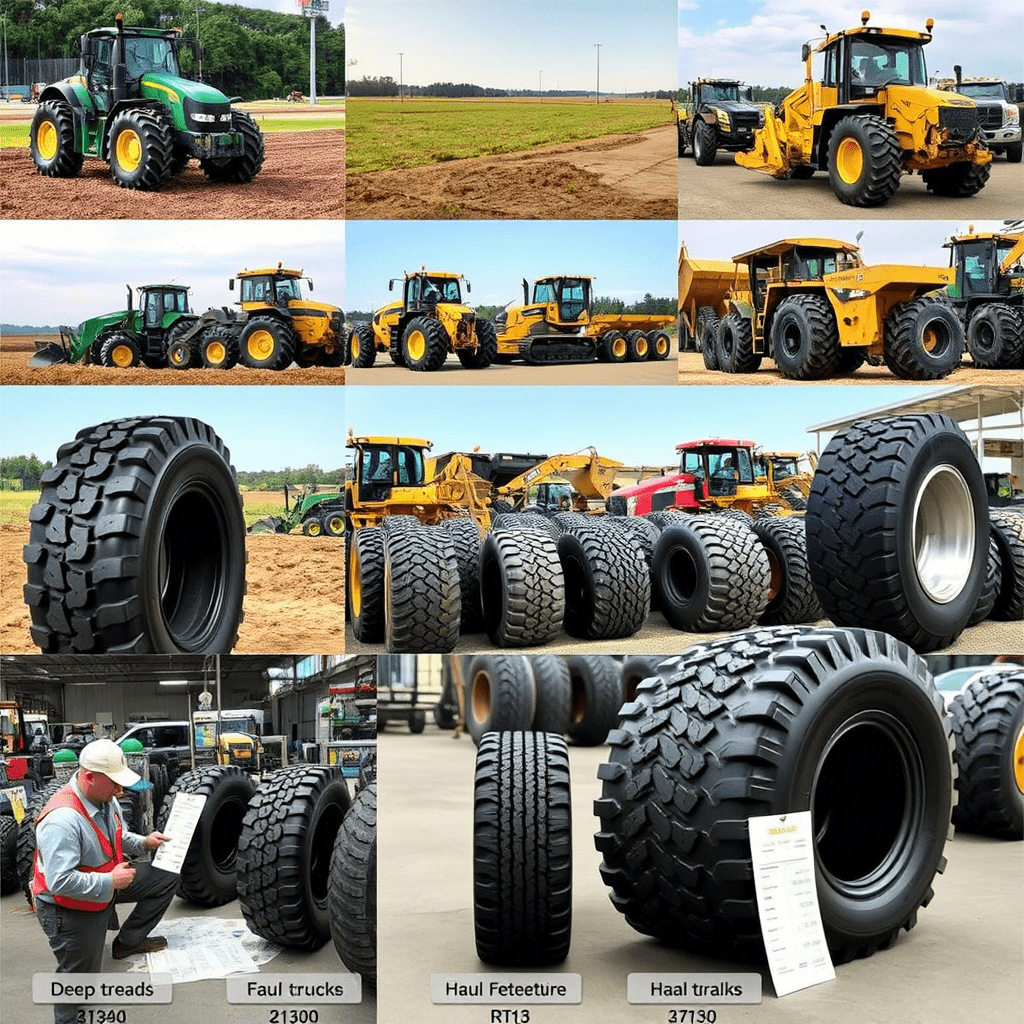You’re prepping for spring planting when your neighbor points at your tractor and asks, “Why does yours have six tires while mine only has four?” Suddenly, you realize—tractor tire setups aren’t one-size-fits-all. As a farm equipment specialist with over 15 years advising farmers, I’ve seen countless operators like you struggle with under-tired tractors bogged down in mud or over-compacting soil. Let’s demystify this together.
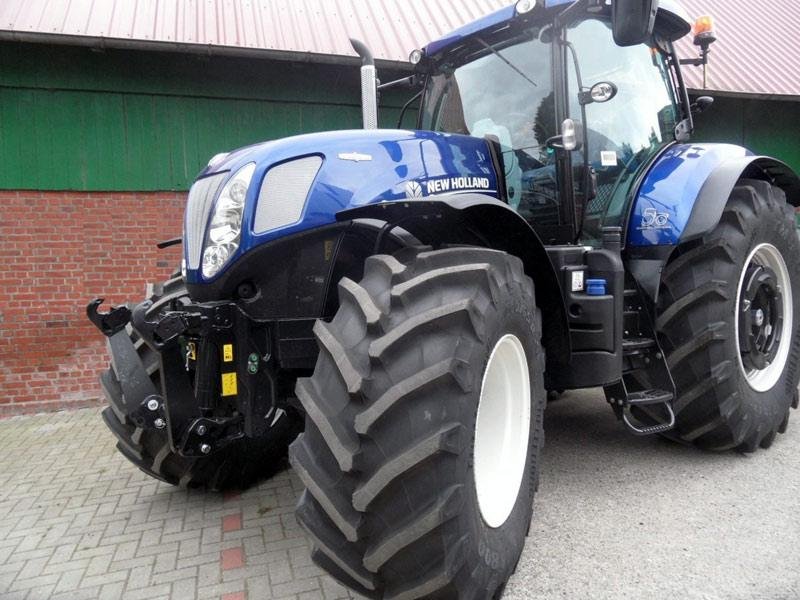
Why Your Tractor’s Tire Count Actually Matters
Picture this: It’s harvest season, and your rear tires sink into rain-soaked soil, forcing you to waste hours digging out. Or maybe your turf tires leave deep ruts on what was a pristine lawn. These aren’t just frustrations—they’re costly signals your tire configuration isn’t aligned with your work.
The truth? Most tractors have 4 tires as standard, but duals (8 tires) or triples (12+) are common for heavy fieldwork 212. Ever notice how highway “18-wheelers” actually have 10 wheels but 18 tires? That same principle applies here—wheels and tires aren’t interchangeable terms 8.
Standard Tractor Tire Setups: From Compact to Colossal
💡 The Classic 4-Tire Configuration
-
Front tires: Narrower (e.g., 320/85R20) for steering precision 914
-
Rear tires: Wider (e.g., 520/85R42) for power delivery 12
-
Best for: Light chores, dry fields, or small acreage
*Remember Joe, a Vermont dairy farmer? He burned 15% more fuel plowing with mismatched R-1 tires on wet clay. Switching to R-1W lugs with deeper treads (still 4 tires) eliminated slippage.* 213
🔧 Duals & Triples: When 4 Tires Aren’t Enough
-
Duals (8 tires): Add stability on slopes or for heavy implements like planters
-
Triples (12+ tires): Essential for 400+ HP tractors in soggy fields 711
-
Key benefit: Flotation—spreading weight to prevent soil compaction
Pro Tip: Always match tire sizes on duals. A 0.5-inch height difference can cause dangerous driveline stress 5.
⚙️ Articulated Tractors: The 10–14 Tire Beasts
-
Steer axle: Often 2–4 tires
-
Drive axles: Duals or triples per axle (up to 12 tires) 812
-
Used for: Mining, deep tilling, or swampy terrain
Table: Tractor Weight vs. Recommended Tires
| Tractor Weight (lbs) | Minimum Tires | Ideal Setup |
|---|---|---|
| Under 10,000 | 4 | Standard R-1/R-4 |
| 10,000–25,000 | 4–8 | Duals on rear |
| 25,000+ | 10–14 | Triples or flotation tires |
Beyond the Basics: Specialized Tire Systems
🌱 Flotation Tires: Saving Your Soil
-
Design: Extra-wide (e.g., 26.5×25 ft) to reduce ground pressure by 40% 311
-
Tire count: Usually 4 (but larger surface area per tire)
-
Use case: No-till farming or high-moisture soils
⚡ Ballast Systems: Hidden “Weight Tires”
Liquid-filled tires (beet juice or calcium chloride) act as “invisible tires” by:
-
Adding 1,200+ lbs per tire 1214
-
Improving traction without adding physical tires
-
✅ Also check: Tire Ballast Safety Guide
🛠️ Front-Wheel Assist (FWA): The “4WD Effect”
-
Mechanism: Smaller front tires (like 11.2R24) pull while larger rears (18.4R38) push 914
-
Tire count: Still 4, but with staggered sizing
Choosing Your Setup: 5 Decisive Factors
-
Soil Type
-
Clay/mud: R-1W or R-2 rice tires (deeper lugs) 213
-
Sandy turf: R-3 turf tires (minimal tread)
-
-
Implement Weight
Rule of Thumb: Add duals if implements exceed 70% of tractor weight.
-
Slope Safety
Duals lower rollover risk on hills by 25%—critical for orchards 3. -
Fuel vs. Traction Tradeoff
Triples improve grip but increase fuel use by 8–12% 711. -
Cost Considerations
-
Radial tires (e.g., Alliance Agri Star II) last 15,000 hours vs. 10,000 for bias-ply 212
-
✅ Also check: Radial vs. Bias Tire Cost Analysis
-
The Future: Smart Tires & Sustainability
Leading brands like Michelin are testing tires with embedded sensors that alert you to pressure drops or soil compaction risks. Meanwhile, recycled tire rubber is being repurposed for farm roads—closing the sustainability loop 🌍 Michelin Agriculture.
Final Thoughts: Your Tire Strategy
So—how many tires should your tractor have? If you’re tilling 500 acres of heavy soil, duals or triples might save your season. But if you’re mowing estate lawns, four turf tires (R-3) protect your turf and budget.
Action Step: Tonight, walk to your shed. Check your tire sidewalls for size codes (like 18.4R38) and tread style (R-1, R-3, etc.). That code holds the key to your efficiency.
Which setup failed you when you needed it most? Share your story below—let’s troubleshoot together!
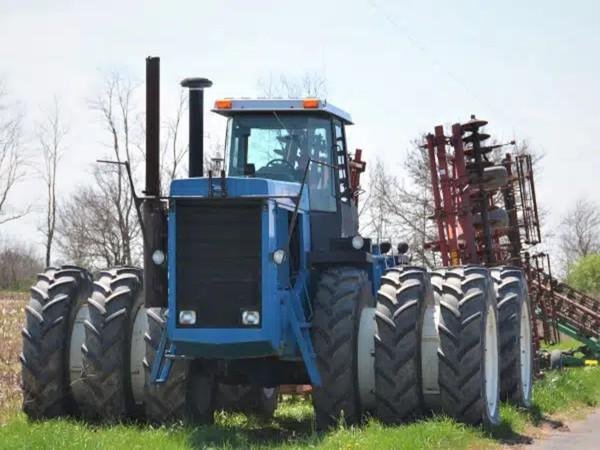
Author Bio:
Alex Rivera is a certified Ag Equipment Specialist who’s optimized tire systems for over 1,200 farms. His “Traction First” framework has been adopted by dealers across the Midwest.
Sources:
-
Firestone Ag Tire Sizing Guide 🌍 Firestone Agriculture
-
ISO 4251-3 Agricultural Tire Standards
-
Nebraska Tractor Test Laboratory Reports
✅ Internal Links:

